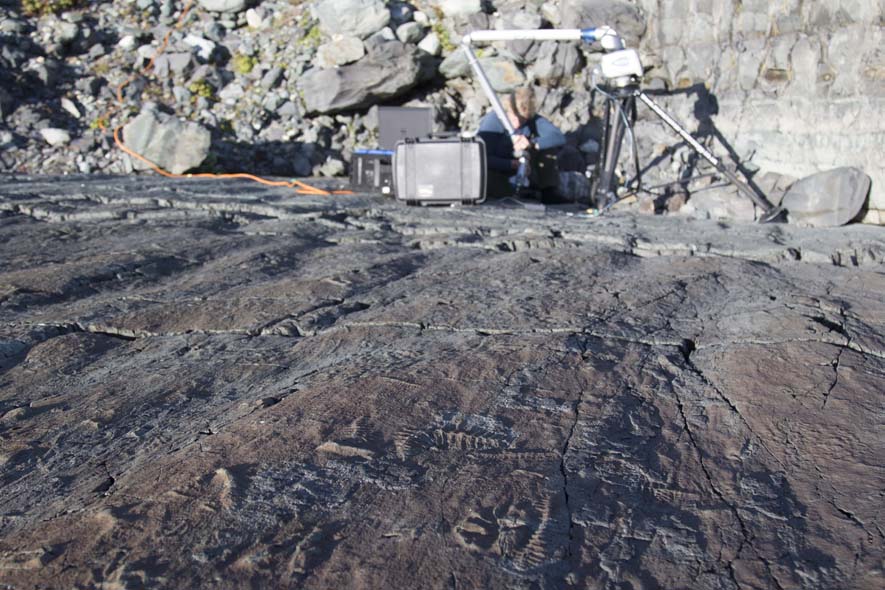
Submitted by Rachel Aucott on Mon, 16/05/2022 - 09:16
First animals developed complex ecosystems before the Cambrian explosion
Metacommunity analysis suggests succession, not mass extinction, explains Ediacaran diversity drop
Early animals formed complex ecological communities more than 550 million years ago, setting the evolutionary stage for the Cambrian explosion, according to a study by Rebecca Eden, (an undergraduate student who worked on this as part of her final year project in the Department), Emily Mitchell, and Andrea Manica yesterday in the open-access journal PLOS Biology.
The first animals evolved towards the end of the Ediacaran period, around 580 million years ago. However, the fossil record shows that after an initial boom, diversity declined in the run-up to the dramatic burgeoning of biodiversity in the so-called “Cambrian explosion” nearly 40 million years later. Scientists have suggested this drop in diversity is evidence of a mass extinction event roughly 550 million years ago – possibly caused by an environmental catastrophe – but previous research has not investigated the structure of these ancient ecological communities.
To evaluate the evidence for an Ediacaran mass extinction, researchers analyzed the metacommunity structure of three fossil assemblages that span the last 32 million years of this geological period (between 575 to 543 million years ago). They used published paleoenvironmental data, such as ocean depth and rock characteristics, to look for metacommunity structure indicative of environmental specialization and interactions between species. The analysis revealed increasingly complex community structure in the later fossil assemblages, suggesting that species were becoming more specialized and engaging in more inter-species interactions towards the end of the Ediacaran era, a trend often seen during ecological succession.
The results point to competitive exclusion, rather than mass extinction, as the cause of the diversity drop in the late Ediacaran period, the authors say. The analysis indicates that the features of ecological and evolutionary dynamics commonly associated with the Cambrian explosion — such as specialization and niche contraction — were established by the first animal communities in the late Ediacaran.
Emily Mitchell adds, “We found that the factors behind that explosion, namely community complexity and niche adaptation, actually started during the Ediacaran, much earlier than previously thought. The Ediacaran was the fuse that lit the Cambrian explosion.”
Eden R, Manica A, Mitchell EG (2022) Metacommunity analyses show an increase in ecological specialisation throughout the Ediacaran period. PLoS Biol 20(5): e3001289. doi.org/10.1371/journal.pbio.3001289
Top image credit: Charlotte G. Kenchington (CC BY 4.0, https://creativecommons.org/licenses/by/4.0/)
Second image credit: Charlotte G. Kenchington (CC BY 4.0, https://creativecommons.org/licenses/by/4.0/)
Adapted from a press release by PLOS Biology

